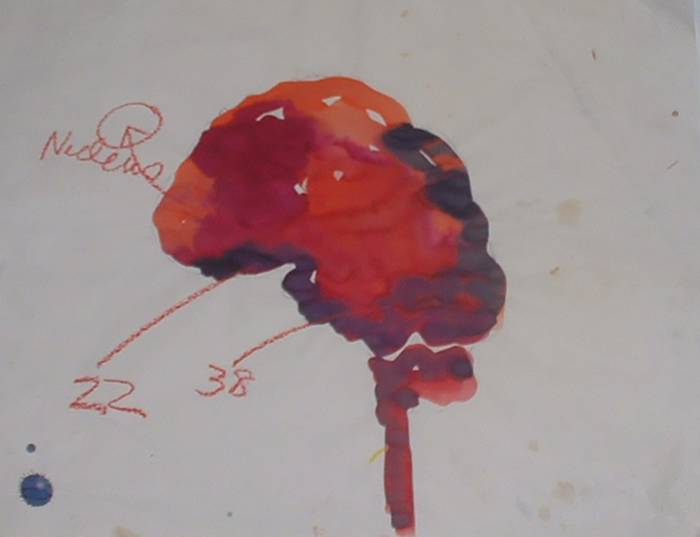Exciting news in the field of stroke treatment! The George Institute for Global Health has just released the findings from their groundbreaking INTERACT3 study, revealing that a new combination of treatments for intracerebral haemorrhage (ICH) significantly increases the chances of survival without major disability. The results, presented today at the European Stroke Organisation Conference in Munich, Germany, and published simultaneously in The Lancet, mark a major breakthrough in the treatment of this serious condition.
ICH, also known as a haemorrhagic stroke or brain bleed, is the second most common type of stroke and unfortunately the most fatal, with mortality rates as high as 40% to 50% within 30 days. It occurs when blood leaks from a blood vessel into the brain tissue and accounts for over a quarter of all stroke cases, affecting approximately 3.4 million people worldwide each year.
The INTERACT3 study, the first-ever randomized controlled trial with a positive outcome for ICH treatment, enrolled over 7,000 patients across 144 hospitals in 10 countries. The research team focused on evaluating the effectiveness of a new treatment protocol called a Care Bundle, which involves the timely control of high blood pressure. This approach resulted in improved recovery, reduced death rates, and enhanced overall quality of life for patients with ICH.
Professor Craig Anderson, Director of Global Brain Health at The George Institute and a senior author of the research, expressed his enthusiasm, stating that the lack of proven treatments for ICH has led to a pessimistic view that there’s not much that can be done for these patients. However, with INTERACT3, the study demonstrates on a large scale how readily available treatments can be used to improve outcomes even in resource-limited settings. The team hopes that this evidence will shape clinical practice guidelines worldwide and help save countless lives.
The Care Bundle consisted of various interventions, including intensive lowering of systolic blood pressure, strict glucose control, fever treatment, and rapid reversal of abnormal anticoagulation. The implementation of this new treatment approach significantly reduced the likelihood of a poor functional outcome, including death, after six months. The researchers estimate that treating 35 patients with this protocol would prevent one additional death.
One of the key factors contributing to the positive outcomes was the rapid reduction of systolic blood pressure. The target levels were achieved, on average, in just 2.3 hours (ranging from 0.8 to 8.0 hours), compared to 4.0 hours (ranging from 1.9 to 16.0 hours) in the control group. The interventional protocol not only led to a statistically significant reduction in mortality, serious adverse events, and hospital stay but also showed an improvement in the patients’ health-related quality of life.
The burden of ICH is particularly significant in low- and middle-income countries. In 2019, 30% of all stroke cases in these countries were ICH, nearly double the proportion seen in high-income countries (16%). Limited resources for primary prevention strategies and the high prevalence of hypertension contribute to this disparity. Dr. Lili Song, joint lead author and Head of the Stroke Program at The George Institute China, emphasized the potential impact of the study’s findings, highlighting that the lack of proven treatments for ICH has led to a pessimistic view that there’s not much that can be done for these patients. However, with INTERACT3, the study demonstrates on a large scale how readily available treatments can be used to improve outcomes even in resource-limited settings. The team hopes that this evidence will shape clinical practice guidelines worldwide and help save countless lives.


